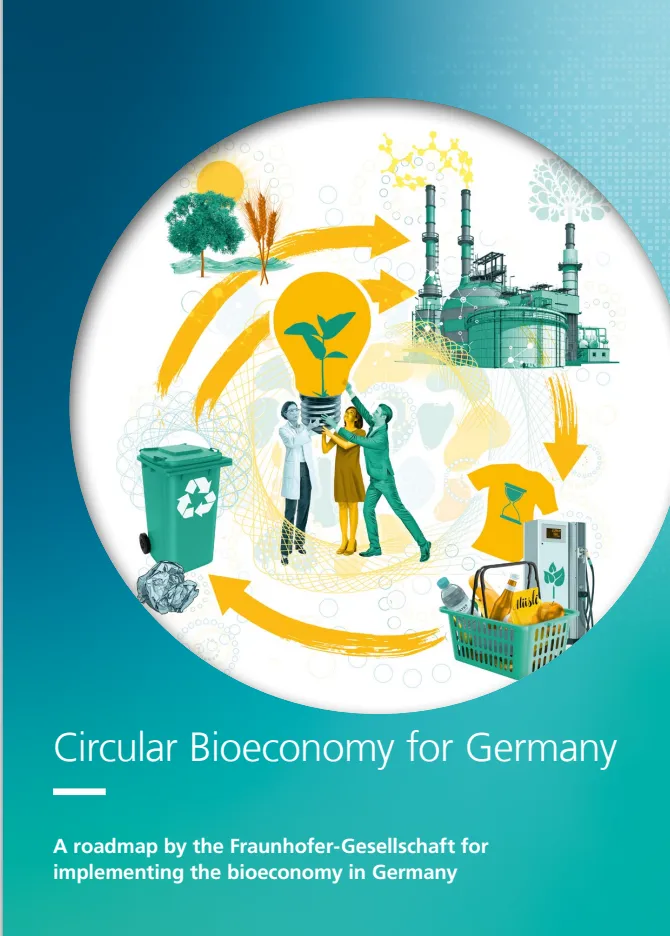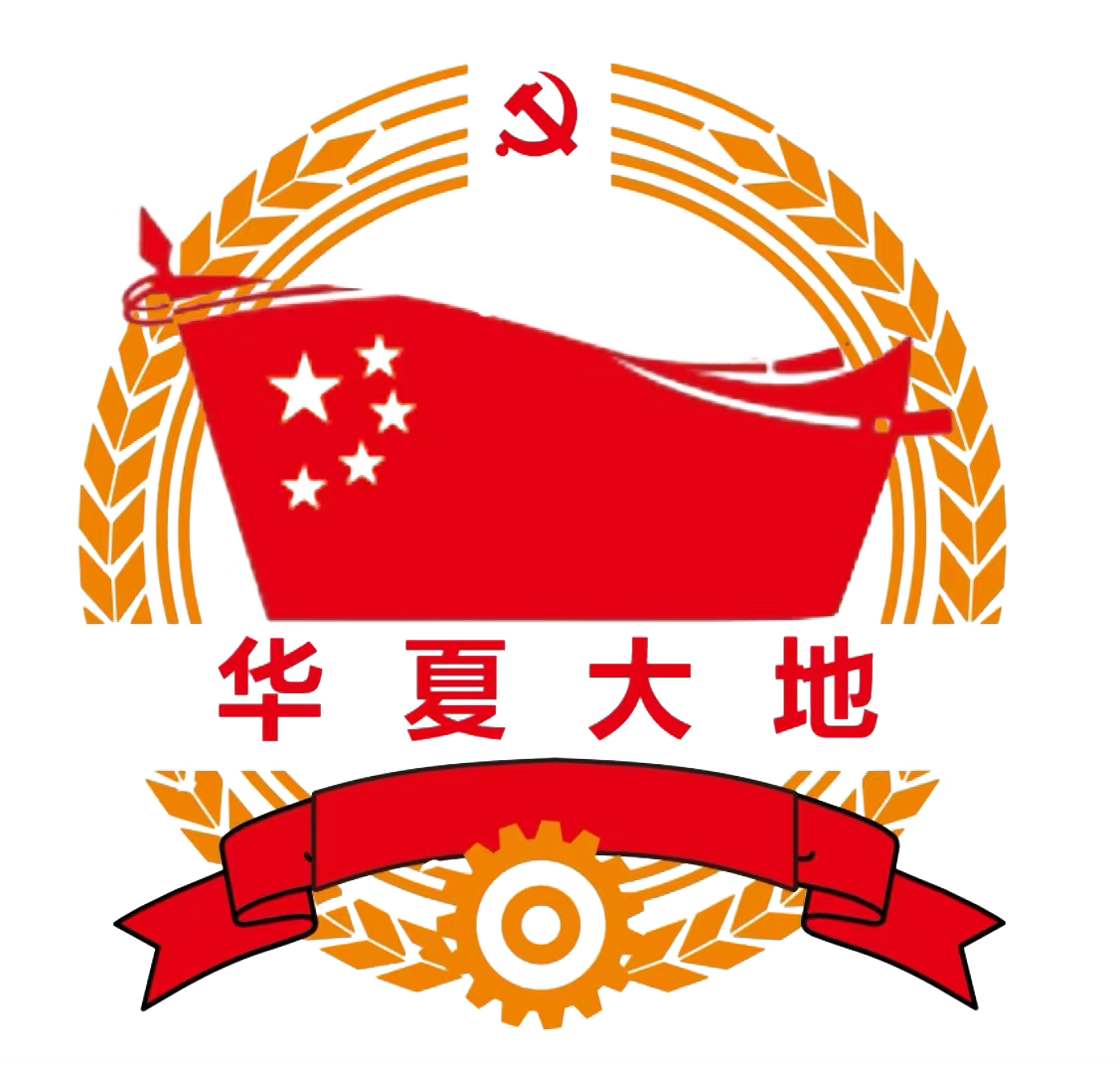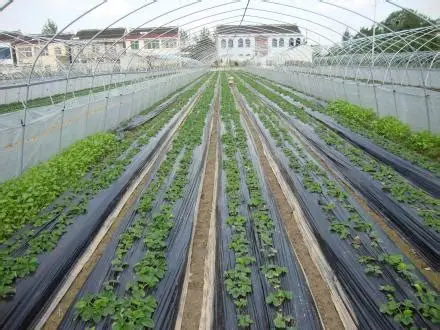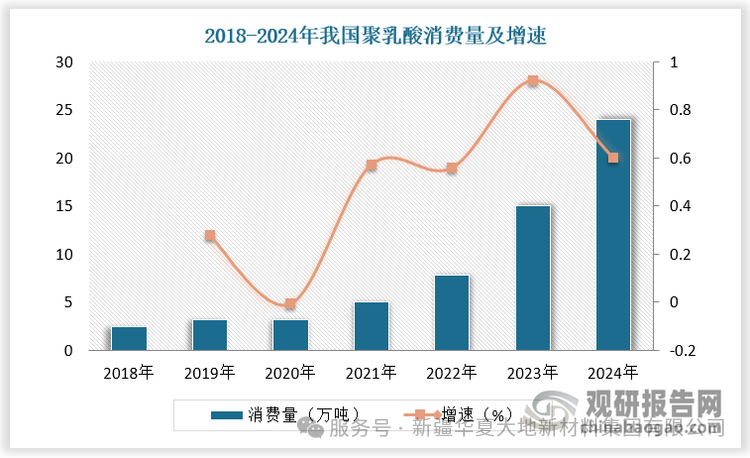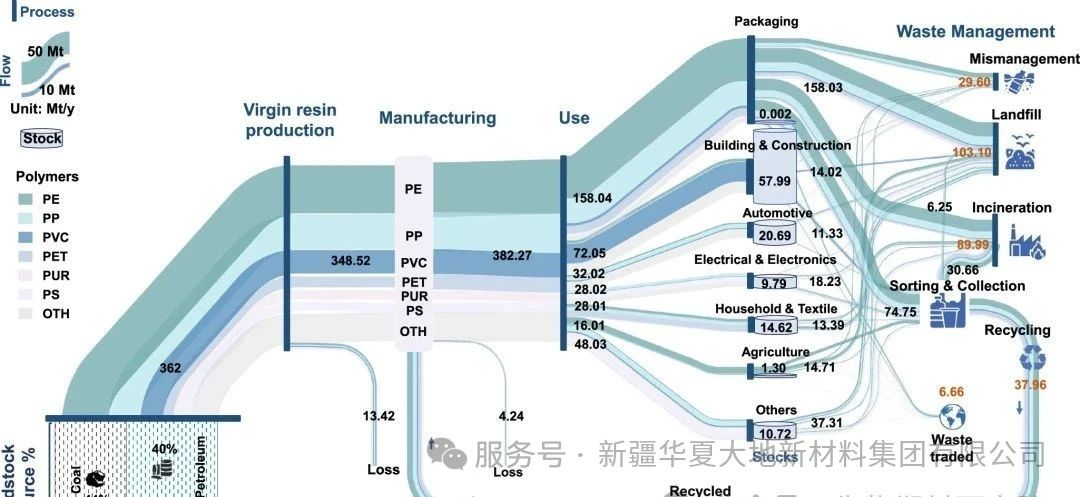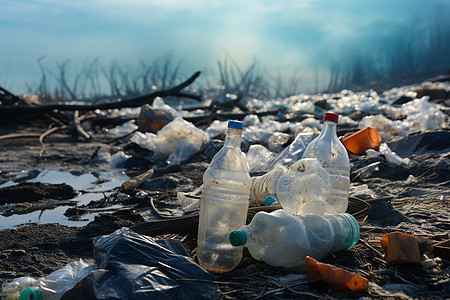In the first half of December 2024, despite the challenging economic environment, the polylactic acid (PLA) market in Germany showed resilience and prices remained stable. The country's manufacturing sector experienced a marked decline in November, especially in terms of new factory orders and production. However, these difficulties have not significantly affected the PLA market due to the supply-demand dynamic balance. The steady supply of raw materials such as corn starch, along with continued capacity production and advances in PLA production technology, have played a crucial role in keeping prices stable.
Germany's cornstarch industry faces major obstacles in 2024, with cereal market volatility combined with concerns about corn quality. Rising corn prices, coupled with premium prices for high-quality corn, have put pressure on corn starch producers, further complicating the cost structure for PLA producers. Despite these challenges, the demand for PLA continues to grow as consumers and businesses increasingly favor sustainable solutions, especially in the packaging industry. However, supply chain disruption issues, including unreliable shipping schedules at German ports and a shortage of containers, have hampered PLA producers as shipping delays have affected the timely arrival of key raw materials such as corn starch. These supply chain difficulties have intensified in the run-up to the Chinese New Year, leading to increased pressure on domestic and international supply chains.
In Germany, the demand for PLA remains strong, especially in the packaging sector. This is largely driven by rising consumer awareness of environmental issues and a strong regulatory push for sustainability. The German government's focus on reducing plastic pollution and promoting environmentally friendly alternatives to traditional plastics has supported the growing adoption of polylactic acid as a biodegradable and renewable material. In addition, the EU's ambitious Packaging and Packaging Waste Regulation (PPWR), which will soon provide clearer guidelines for packaging waste management, is also driving the demand for sustainable packaging solutions. The regulation is expected to play a key role in driving the adoption of PLA packaging throughout the region.
The European Bioplastics Association (EUBP) also highlighted the important role of bio-based plastics like PLA in achieving the EU's circular economy and climate neutrality goals. According to the EUBP, bio-based plastics, including polylactic acid, help reduce reliance on fossil-based materials and help reduce greenhouse gas emissions by using carbon absorbed during plant growth. The integration of PLA into packaging solutions is in line with the EU's objectives of improving packaging circularity, minimizing environmental impact and maintaining the desired performance and functionality of packaging materials. In addition, compostable packaging (a subset of bio-based plastics) is seen as a key component in enhancing organic waste management, particularly in food packaging.
Going forward, the PLA market is expected to benefit from the continued emphasis on sustainability, driven by regulatory frameworks such as the Packaging and Packaging Waste Regulations and increasing consumer demand for environmentally friendly alternatives. The outlook for the remainder of 2024 and into 2025 remains positive, with PLA capacity and adoption rates set to increase, supported by the EU's strong push for a circular economy and the reduction of plastic waste.